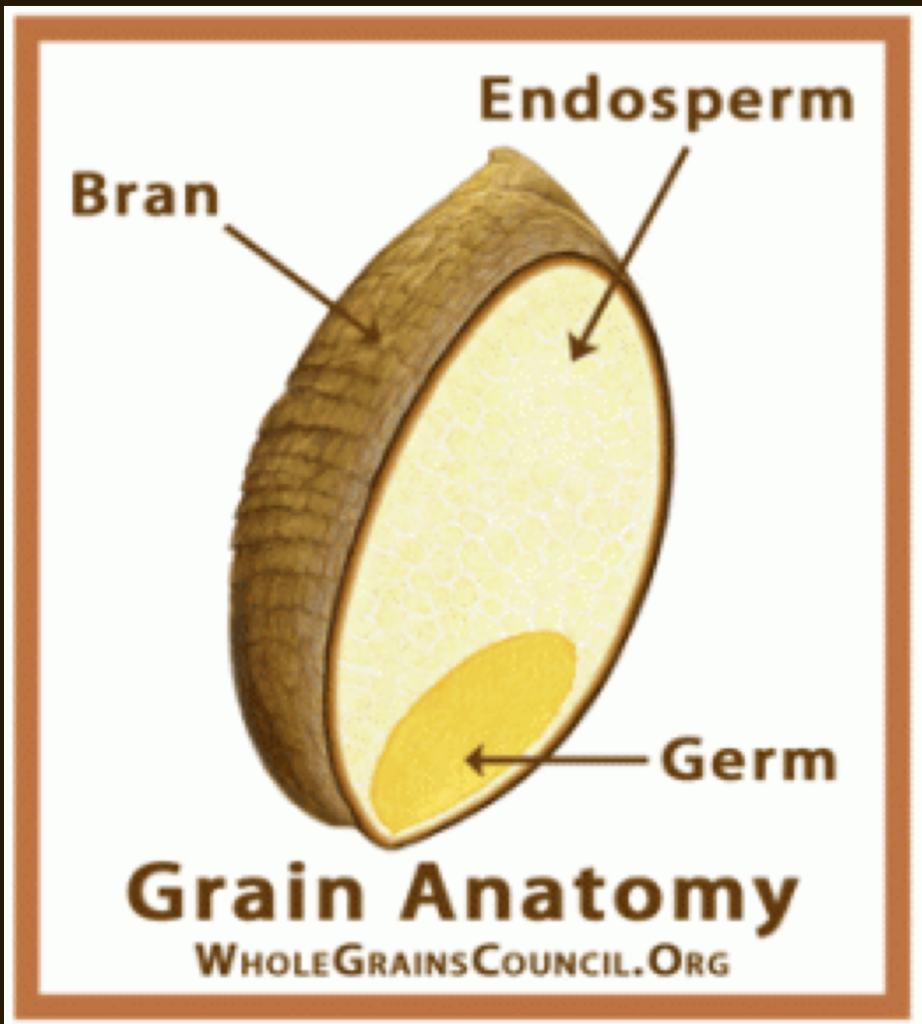One Mighty Mill Pretzels: Kosher with the Stone-Milled Flour Difference
By Chef David
The One Mighty Mill company is dedicated to rolling back time to a period when making goods from healthy stone-ground flour grown responsibly by small organic farmers was the rule. They have reinvented pretzels, making them healthier while not increasing the calories—and the taste is incredible!
One Mighty Mill pretzels come in three flavors—Hot Chile and Cheddar, Honey Mustard, and Sea Salt, all of them certified kosher by the Orthodox Union.
After tasting them all, I can honestly say that Honey Mustard is my favorite. Similar in taste to a popular honey-mustard-and-onion sourdough hard pretzel, One Mighty Mill’s is different in that its first ingredient is stone-ground flour rather than the white enriched variety, and One Mighty Mill’s has less fat.
The brand’s Sea Salt pretzels have a complex flavor, making them great dippers for hummus, and because they are parve (the other two are dairy), they are a great Shabbos nosh. The Hot Chile flavor was not as spicy as I like. It had a subtle underlying flavor, but, as I quickly learned, the spice catches up with you as you continue eating, leaving, for me, a pleasant after-burn.

Different First Ingredient
All One Mighty Mill pretzels have a distinctive nutty flavor and consistency, thanks to its first ingredient, organic stone-ground 100 percent whole-grain flour. This gives the product a softer, melt-in-your-mouth consistency, which is quite different from those made of white flour.
Like many other brands, each serving contains three grams of protein and 100 calories, but One Mighty Mill’s also have twice the fiber, making this a healthier choice when compared to the usual pretzels made with white flour and preservatives.
I was impressed that every ingredient in One Mighty Mill’s pretzels was recognizable, including organic honey, milk, sunflower oil, yeast, and baking soda. Not a chemical in the bag.
Flour-Making
Unless otherwise noted, all flour is made by grinding wheat, a process that begins by stripping off the husks to expose the wheat berry. Mass-produced flour is ground using roller mills, a process invented in Hungary in 1865 and introduced to the US in the 1880s.
In this process, the grain passes through pairs of rollers. The first pass breaks the kernel into pieces, which are then sifted and separated, removing the bran, germ, and most of the nutrients along with the flavor.

The wheat that is left produces white flour, and subsequent passes produce the desired consistency. White flour is higher in gluten, making it easier to bake with, but it tends to be lower in protein, fiber, vitamins, and minerals than whole wheat flour.
In the 1940s, to compensate for the lost nutrients in their product, manufacturers in the US began enriching flour with iron and B vitamins, including niacin, thiamin, riboflavin, and folic acid.
To produce whole-wheat products, manufacturers add back the bran, but some of the nutritional value is inevitably lost in this additional process, which is why, as consumers prioritize nutrition over efficiency, stone-milled flour is experiencing a renaissance.

Andrew Heyn, the only stone mill builder in the United
An Artesian Craft of Flour-Making
Stone-milling, also known as grist-milling, involves grinding a variety of grains using buhr stones instead of steel rollers. The wheat passes between two large grinding stones moving at a slow speed in cool temperatures, thus preserving nutrients and flavor.
The whole-grain flour is golden rather than white and, because the bran and germ are preserved, it has more vitamins, minerals, and fiber. The germ is included in stone-milled flour, which is what gives it its characteristic nutty flavor and aroma.
Stone-milled flour is produced in small batches, which means it requires more attention and results in smaller quantities. This is the artesian craft of making flour.
By returning to the basics of stone-grinding organic wheat grown by local organic farmers in Maine, One Mighty Mill allows its products to retain most of the nutrition, fiber, and flavor.
The company’s four mills in Massachusetts and one under construction in New York, have been built by Andrew Heyn, the only known stone-mill builder in the United States.
Guilt-Free Snacking
One Mighty Mill’s taste and the effort that goes into its products combine to offer a guilt-free snacking experience. I knew that while I was munching on a tasty treat, I was also supporting a sustainable organic process.
Even better, because these pretzels have none of the additives which can make it difficult to limit consumption, a small handful of One Mighty Mill pretzels left me satisfied.
These pretzels can be purchased at some local supermarkets, and can also be purchased online. The company makes many other products that are not certified by the OU.
But when it comes to pretzels, I can’t imagine looking any further than One Mighty Mill.





